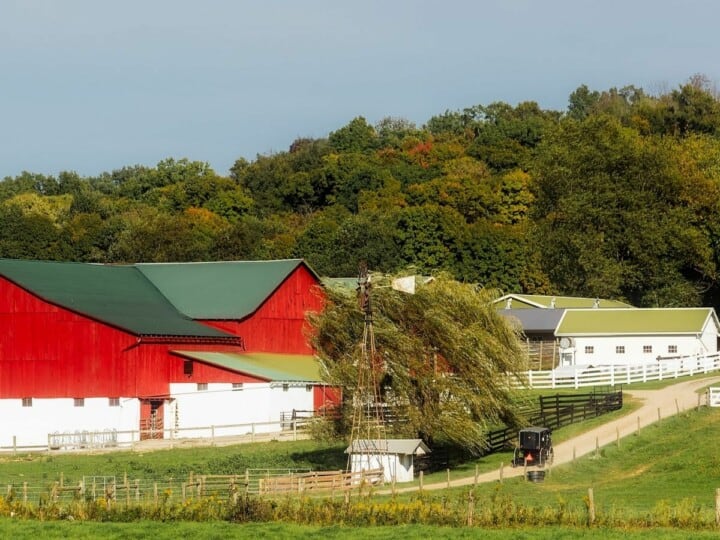The Origins of the Amish in Europe
The origins of the Amish in Europe were religious reform movements of the 16th and 17th centuries shaped their beliefs and way of life. Understanding the European origins of the Amish provides insight into their faith, traditions, and cultural values. Their migration to the Americas reflects a pursuit of religious freedom, simplicity, and community cohesion that continues to define Amish society today.
Early Anabaptist Movements
The Amish emerged from the Anabaptist movement in Europe during the Protestant Reformation. Anabaptists advocated for adult baptism, a separation of church and state, and a focus on personal faith and community living.
These beliefs set them apart from mainstream Protestant and Catholic groups. Anabaptists faced persecution for rejecting infant baptism and for challenging religious and political authorities. Many were imprisoned, fined, or exiled, creating a strong desire for religious freedom and autonomy.
The Swiss and Alsatian Roots
Most Amish trace their ancestry to Switzerland and the Alsace region of present-day France. Leaders like Jakob Ammann, for whom the Amish are named, guided communities that sought stricter adherence to faith and discipline.
Ammann emphasized simplicity, shunning worldly pleasures, and maintaining a close-knit, obedient community. These principles became defining features of Amish identity. Communities in Switzerland and Alsace developed traditions that included plain dress, nonresistance, and separation from secular influences.
Persecution and Migration Pressures
Persecution played a major role in shaping Amish migration patterns. Strict religious authorities often imposed harsh penalties on Anabaptists and their followers, threatening their safety and way of life.
Faced with these pressures, many Amish sought new regions where they could practice their faith without interference. This pursuit of religious freedom motivated their eventual migration to North America in the 18th century.
Migration to North America
In the early 1700s, Amish families began moving to Pennsylvania and other American colonies. They were attracted by land availability, religious tolerance, and opportunities to maintain self-sufficient farming communities.
The journey was challenging, requiring adaptation to a new climate, landscape, and social environment. Yet the move allowed the Amish to preserve their religious practices, communal structure, and cultural traditions in a more tolerant setting.
Establishing Communities in America
Once in America, the Amish continued European traditions while adapting to local conditions. They built farms, schools, and churches, maintaining plain dress, horse-drawn transportation, and communal decision-making.
These early settlements laid the foundation for today’s Amish communities. The values and customs brought from Europe continue to influence lifestyle choices, work ethics, and social structures.
Preserving European Heritage
Despite migration, the Amish preserved many elements of their European heritage. Language, religious rituals, and cultural practices were maintained within families and communities.
For example, Pennsylvania Dutch, a dialect derived from German, remains widely spoken.

Lessons from Amish Origins
The European origins of the Amish demonstrate resilience, faith, and a commitment to communal values. Their journey from persecution in Europe to thriving communities in America illustrates the importance of preserving culture, identity, and belief systems in the face of challenges.
Travelers and researchers can gain a deeper understanding of Amish society by recognizing these historical influences and the enduring legacy of European Anabaptist traditions.
Conclusion
The Amish in Europe as part of the Anabaptist movement, seeking religious freedom, simplicity, and community cohesion. Persecution and migration shaped their beliefs, practices, and cultural identity. By tracing their Swiss and Alsatian roots and early experiences in America, one can appreciate the historical forces that shaped modern Amish life. Understanding these origins provides insight into their values, traditions, and enduring commitment to faith and community.



